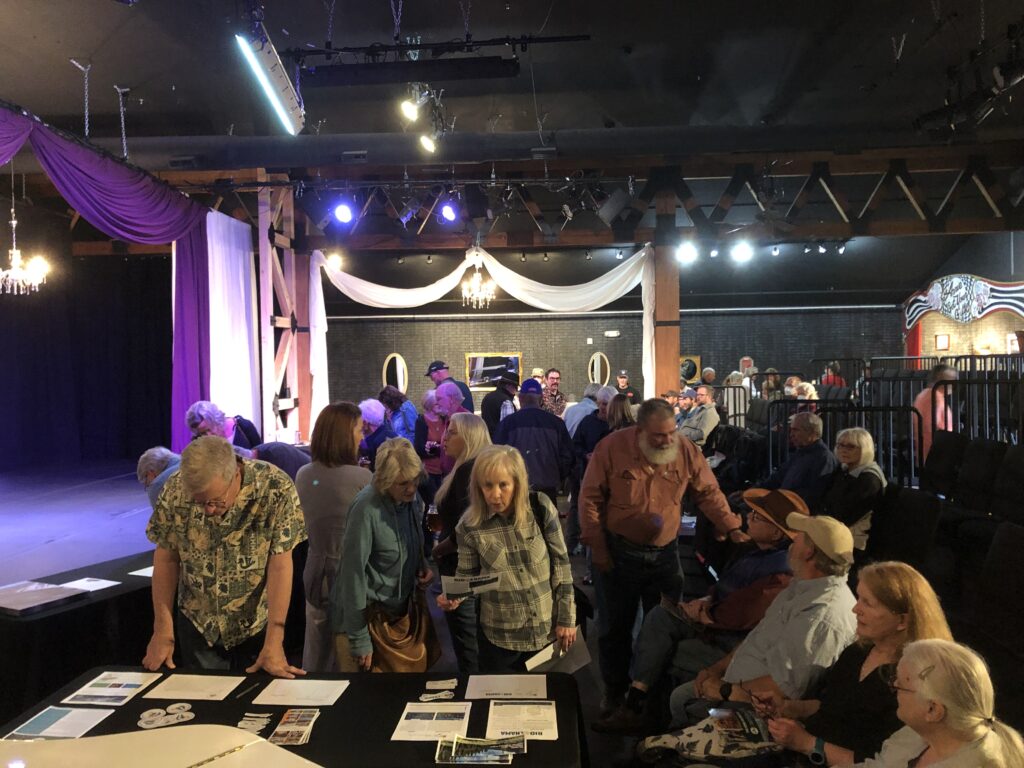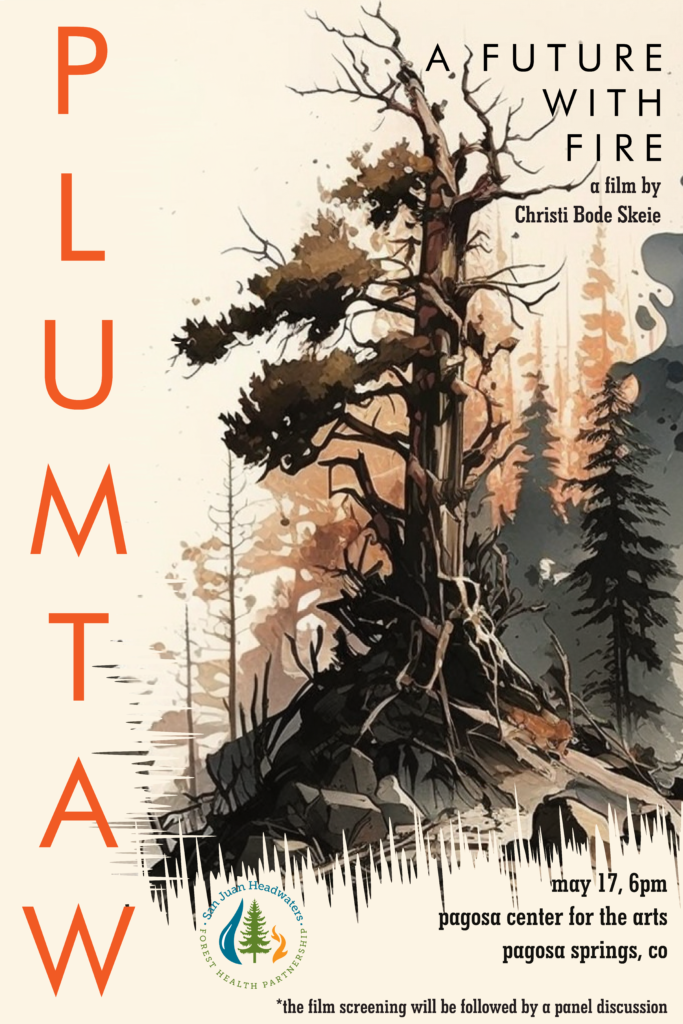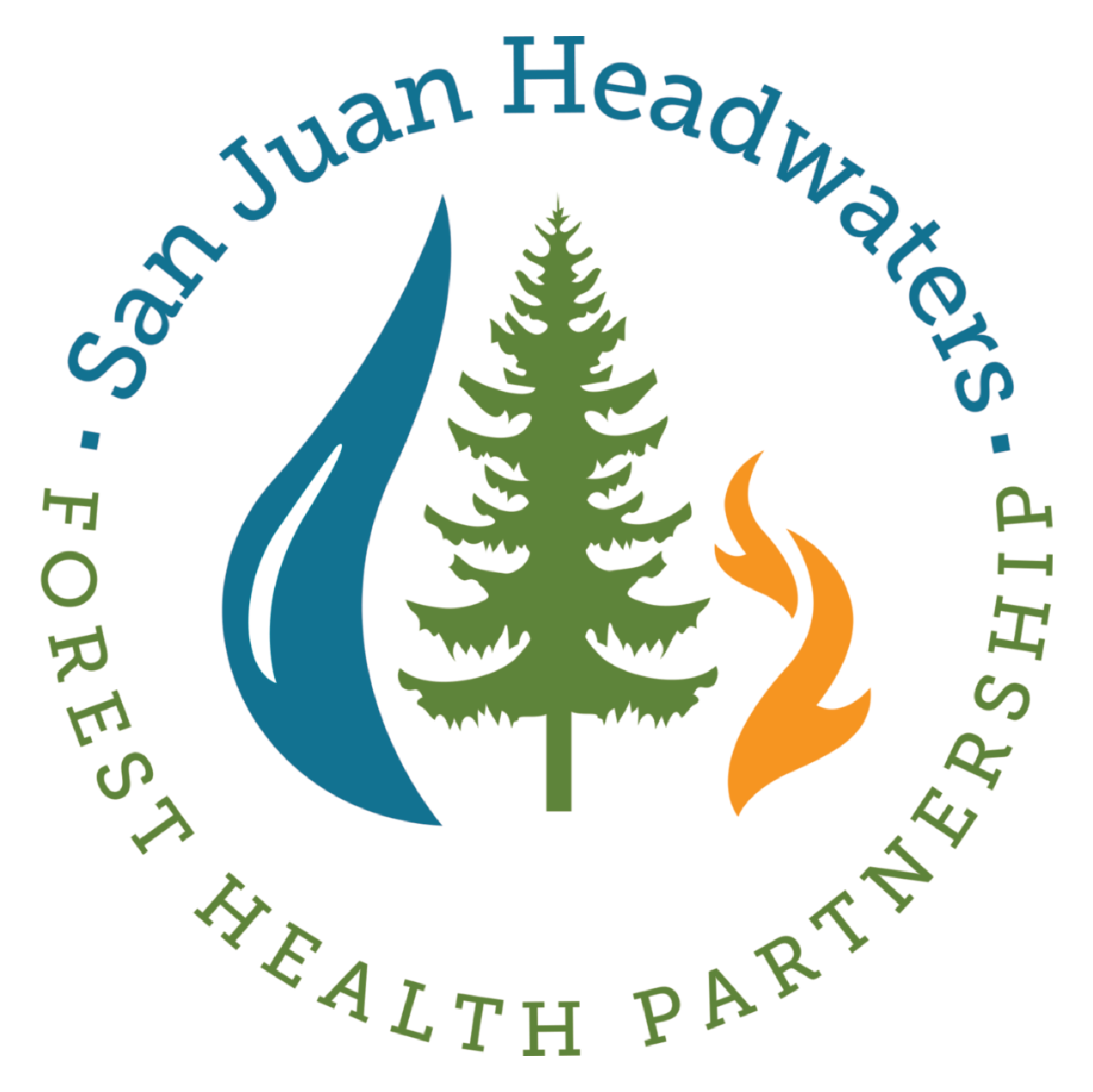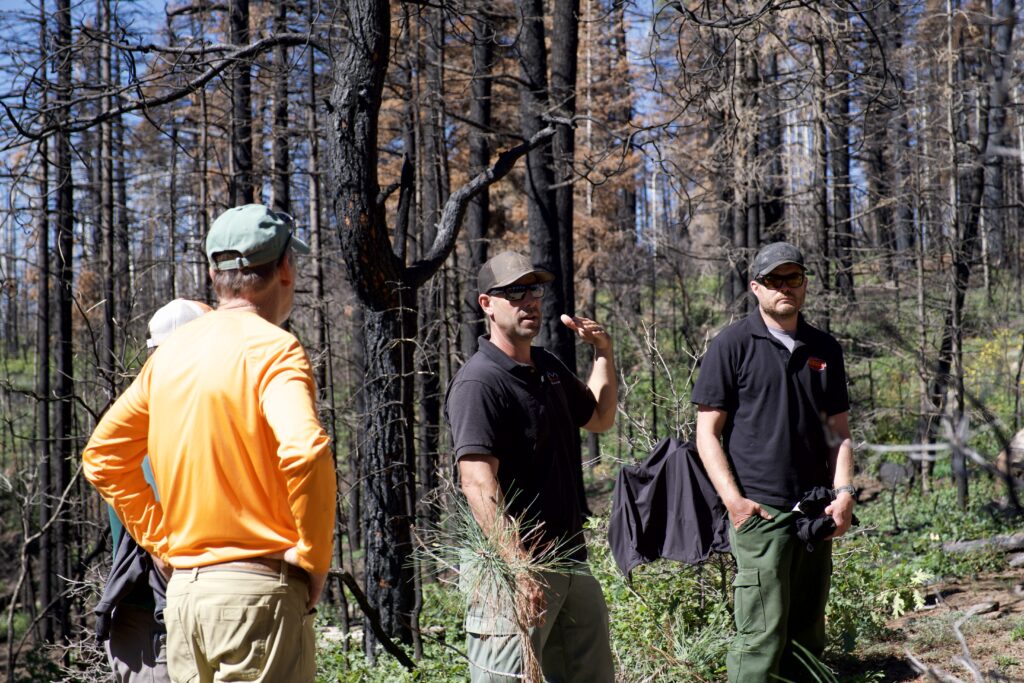Plumtaw: A Future With Fire
The story of the Plumtaw is one that includes a positive takeaway: intervention before a fire can help — and more fundamental than that, we can have a beneficial relationship with our surroundings.
Photo courtesy of Christi Bode
Fire is here to stay, or more accurately, fire has always been here. The landscape we call home evolved with fire, adapted to the unpredictable yet regular occurrence of flames. We humans have struggled to adapt to fire as easily as the trees and have instead turned to ways of limiting the very existence of it. The result is challenging: forests and communities are now ill-prepared for fire when it does occur, resulting in some of the catastrophic wildfires that have captured our attention across the West.
However, things may be changing.
Our water, our rivers, our ecosystems, our very lives depend on it. Thankfully, the story of the Plumtaw is one that captures a positive, uplifting interaction between people, forests, and fire. Our actions can make a difference. Motivated by this hopeful message, Christi Bode, owner of Moxiecran Media, teamed up with the SJHFHP to capture the story in her new film, Plumtaw: A Future With Fire. It is a story of optimism, something that Bode believes we don’t hear enough about in the West. The film explores the perspectives of land managers and local landowners in the Pagosa area in regards to the fire.
SJHFHP premiered Plumtaw: A Future With Fire at the Pagosa Center for the Arts in Pagosa Springs at 6pm on May 17, 2023, which marked the one year anniversary of the fire.



We’re proud to say that the event was a smashing success. Over 200 community members attended for the film, the silent auction, and lively discussion panel. Thank you to all who came, our panelists, Christi Bode, and the folks who organized the event! We look forward to future events like these.
Aerial view of the Plumtaw Fire scar by Christi Bode
Plumtaw Fire: Backstory
The Story
When the Plumtaw Fire started on May 17th, 2022, just 7 miles north of Pagosa Springs, Colorado, fire officials feared the worst. After all, that spring was exceptionally dry, even for Southwest Colorado. Low humidity, low fuel moisture, and an absence of recent fires on the landscape created the perfect conditions for a devastating, long-lasting wildfire.
Except…
San Juan Headwaters Forest Health Partnership identified the Plumtaw area as a priority for treatment years before the Plumtaw Fire started. Dutton Ditch provides critical drinking water for the Town of Pagosa Springs, and the partnership foresaw the devastating consequences of a large fire in this watershed.
The Pagosa Ranger District of San Juan National Forest, who manages this land, heard the community’s concerns and took action, completing a fuels reduction treatment along Fourmile Road in 2021. Brush and understory vegetation were cleared and masticated along the road, creating a fuel break for effective management of future fires, just like it did for the Plumtaw Fire.
The Lesson
Without the treatment done on Fourmile Road, it’s difficult to say what the fire would have done – other factors assisted in the containment and management of the fire, including increased moisture and lower wind speeds. However, what can be confidently said is that the treatment crated a larger space for decision-making.
Potential Operational Delineations (PODs) are a tool that dissects the forested landscape using natural and artificial features that can help contain wildfires. Fourmile Road sits on the eastern border of a POD and was crucial in creating a control line.
“Work on the ground that came out of a collaborative process made a difference.”
Dr. Tony Cheng, Colorado Forest Restoration Institute
The Road Ahead
On September 30th, 2022, partners from SJHFHP met at the site of the Plumtaw Fire to discuss what worked, what didn’t, and what can happen in the future. It’s also important to recognize that the impacts of a fire are far reaching, both temporally and geographically. Post-fire recovery is not instantaneous.
Some of the main learning objectives for the tour in September were:
- Understanding the complexity of fire behavior in which weather, forest treatment, previous management, climate, and people all play a role
- Balancing the needs and values of people with the needs and values of the forest ecosystems with regards to wildfire
- Using fire as a tool on the landscape, one that can cross boundaries and mitigate catastrophic future wildfire events
- Realizing that mixed conifer and ponderosa pine forests have adapted with fire, meaning that they are NOT adapted to live without fire
Post fire restoration and recovery are slow — particularly with fires of greater severity and intensity. As forest managers look to the landscape surrounding the Plumtaw Fire, more work is on the horizon, including advocating for cross-boundary work, advancing education and outreach initiatives, supporting work on private land, and implementing forest treatments.
“While we acknowledge the role of luck, we also work to improve the odds of achieving incident objectives by investing in pre-planned tools such as PODs. We have witnessed their value at all levels of incident response.”
Brad Pietruszka, San Juan National Forest

